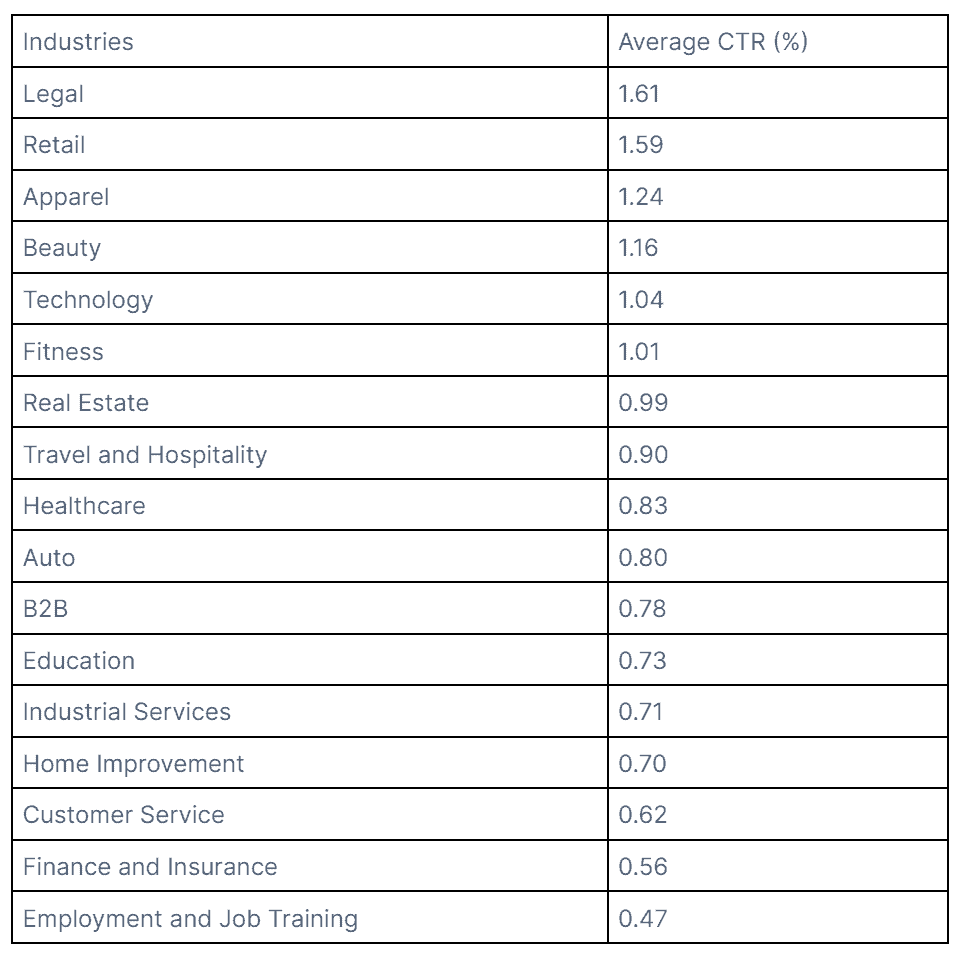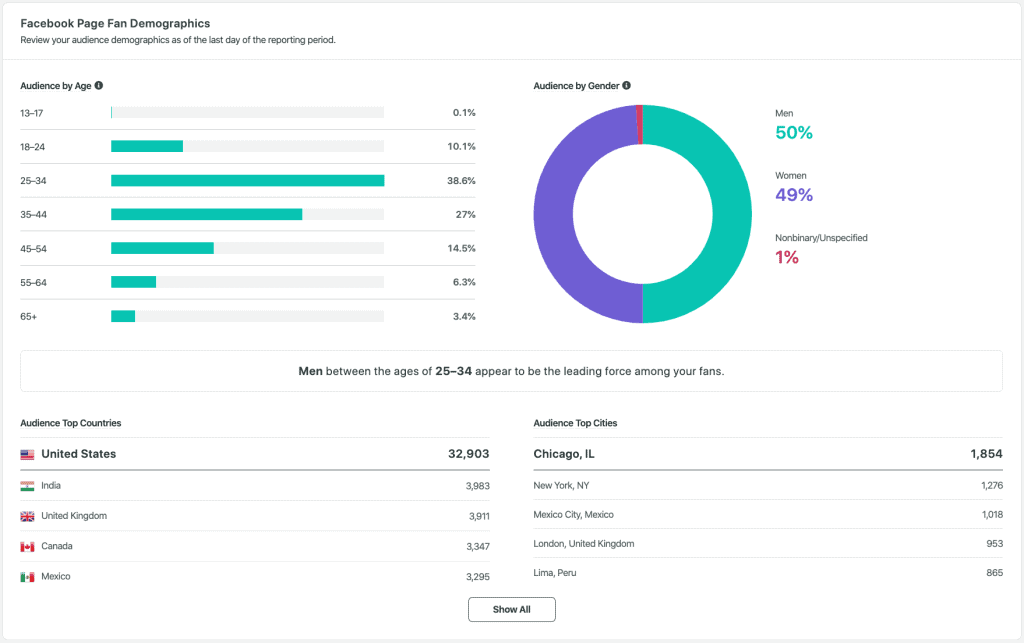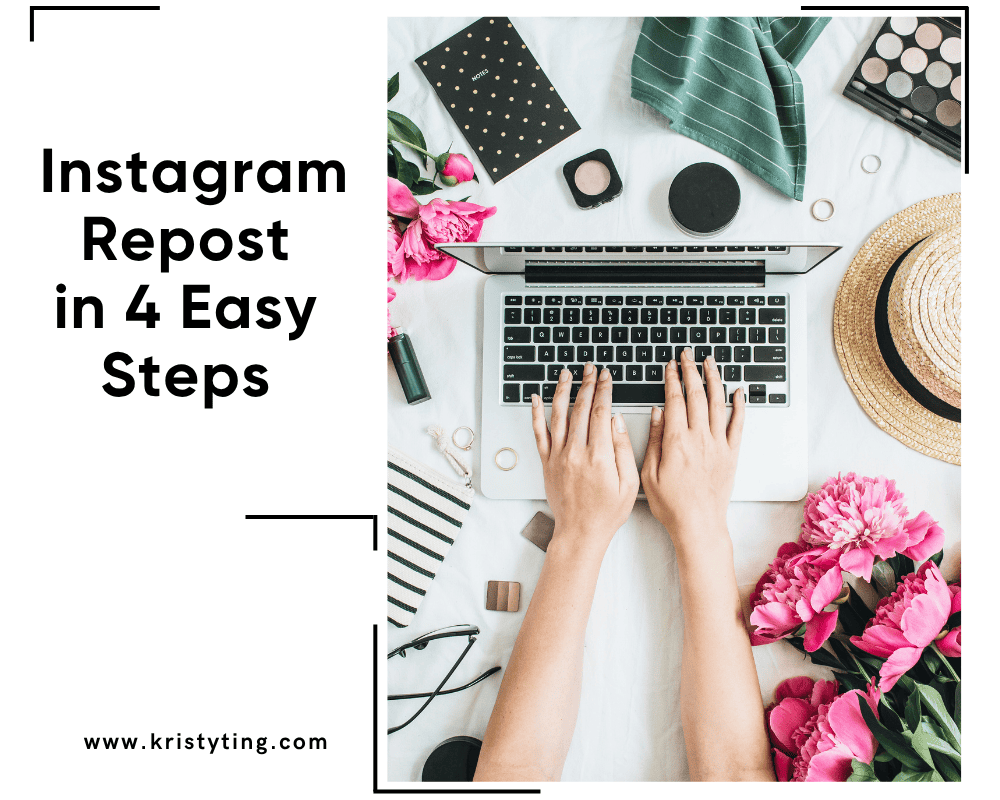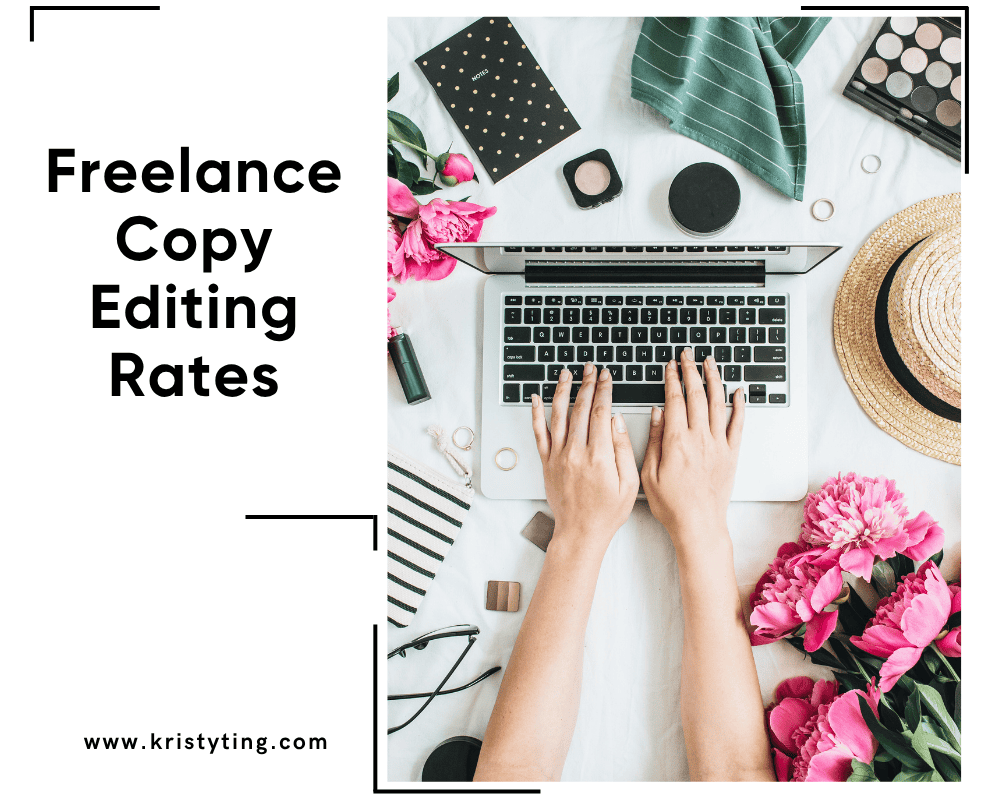This post may contain affiliate links. If you use these links to buy something we may earn a commission at no extra cost to you. Thank you for your support!
Keen on running Facebook ads? Here are a few key metrics to know before you start – Facebook conversion rate in particular – what it means, what affects it and what you should look at in your ads to ensure conversion rates are working in your favor.
According to Zippia, as of March 2024, Facebook reported having 2.95 billion monthly active users (MAUs) worldwide. Every freelancer and entrepreneur, even small businesses – at some point, will consider running some sort of ads, either Google ads, or more popularly, Facebook ads to either:
- Get more visibility and brand awareness for their Facebook page (more likes, follows, and engagement)
- Drive more traffic to their latest events such as a challenge, a webinar, a conference, and more
- Promote their latest offers, such as discounts (typically eCommerce stores), launches, bundles, and templates, or
- Get more eyeballs on their blogs and websites, and in consequence, grow their email list.
In today’s digital age, social media platforms have become popular advertising platforms for businesses of all sizes. With Facebook being the most extensive social media platform globally, it’s no surprise that more and more businesses are turning to Facebook Ads to reach their target audience and grow their businesses. Facebook Ads is an advertising platform that allows businesses to create highly engaging ads that can reach their target audience on desktop and mobile devices. The ability to target specific demographics and interests makes Facebook Ads a great way for businesses to scale and grow their customer base.
What Is A Facebook Conversion Rate?
Facebook Conversion Rate image source: Buffer
The main objective of any advertising campaign is to drive conversions. Conversion rate is the number of people who take a specific action after seeing your ad. It is one of the most critical metrics to monitor when running Facebook Ad campaigns, as it directly impacts the success of your campaigns. In this blog post, we’ll focus on the most important metric for Facebook Ad success: conversion rates. We’ll discuss what conversion rates are, why they’re important, how to calculate them, and what industry standards are for a good CVR. We’ll also explore the factors that can affect your Facebook Ads conversion rates and share some tips for optimizing your campaigns for better results.
Facebook Benchmarks To Monitor
Facebook conversion rate is a crucial metric for businesses using the platform for advertising purposes. It measures the percentage of people or website visitors who completed a desired action, such as making a purchase or filling out a lead form, giving you their contact information or signing up for a free trial after clicking on an ad. A higher conversion rate indicates that the ad and landing page are effective at persuading users to take the desired action.
In addition to conversion rate, there are several other key metrics that advertisers take into account when evaluating the success of their Facebook ad campaigns. Average CTR or average click-through rate measures the percentage of people who clicked on an ad after seeing it. A higher CTR typically indicates that the ad is well-targeted and relevant to the audience.
When an ad gives you higher CTRs at a low cost is when you can start scaling that particular campaign by adding more money or increasing the average cost of the ad.
CTR Formula:
Number of ad clicks ÷ number of ad impressions x 100 = click-through rate
The average CTR across all industries is 0.9%.

Facebook Conversion Rate image source: Kristyting.com
CPC, or cost per click, measures the average cost paid for each click on an ad. This metric is important because it determines the cost-effectiveness of the Facebook campaign.
In this case, a lower-than-expected CPC may be a sign of a successful ad. It means that more people are clicking on your link, and this in turn also means high CTRs.
CPC Formula:
Total ad spend ÷ number of ad clicks = cost-per-click
The average CPC Facebook offers across all industries is $0.72.

Facebook Conversion Rate image source: Kristyting.com
CVR, or conversion rate, measures the percentage of users who completed the desired action after clicking on an ad. This metric provides insight into the effectiveness of the landing page and the overall user experience.
As previously mentioned above, high conversion rates mean better opt-ins, sign-ups, sales, purchases, and a more robust email list.
Number of ad conversions ÷ number of ad clicks x 100 = conversion rate
The average CR on Facebook ads is 9.21%.

Facebook Conversion Rate image source: Kristyting.com
Finally, CPA, or cost per acquisition, measures the average cost of acquiring a new customer or lead. This metric is important because it helps advertisers understand how much they are spending to acquire new customers, and whether their advertising campaigns are profitable.
The average CPA across is $18.68.
Overall, tracking these Facebook metrics is essential for businesses to optimize their Facebook advertising campaigns and achieve their desired results.
Factors That Affect Your Facebook Conversion Rate (CVR)
Conversion rates can be affected by several factors, including the target audience, price of the product or offer, ad placement, landing page load speed, landing page congruency, Facebook Ad campaign objective, and country. Let’s explore each of these factors in more detail.
Target Audience:
If your target audience is too broad, your ads may not be relevant enough to drive conversions. For example, if you’re selling women’s clothing, targeting all women might not be as effective as targeting specific age groups, interests, or locations. By narrowing your target audience, you can create more relevant ads that resonate with your audience and drive higher conversion rates.
For example, if the clothes you’re selling are meant for warmer climates, it’ll be a good idea to promote these during the summer, and optionally, if you want to, promote these in warm climate countries throughout the year. Example in point – Shein.
Price of Product or Offer:
If your pricing is too high compared to your competitors, you may struggle to generate conversions. Similarly, if your pricing is too low, people might perceive your product as low quality. By researching your competitors and finding the right price point for your product or offer, you can increase your chances of generating more conversions. Researching means knowing what your competitors are offering for similar products and what other services they tag on to make their overall bundle more valuable.
Such research is required in many different industries and is especially needed by business owners in the real estate and digital marketing niches.
Ad Placement:
Facebook Conversion Rate image source: Social Media Examiner
Different ad formats and placements can perform differently, depending on your target audience and business goals. For example, if you’re targeting mobile users, using video ads might be more effective than image ads. Similarly, if you’re promoting a new product, using a carousel ad format that showcases multiple products might be more effective than using a single-image ad. By testing different ad formats and placements, you can find the ones that work best for your business.
Landing Page Load Speed:
A slow landing page can be frustrating for users and lead to a lower conversion rate. By optimizing your landing page for speed, you can improve the user experience and increase your chances of generating more conversions. For example, you can compress images, reduce the number of HTTP requests, and use a content delivery network (CDN) to improve load times.
At any given moment, a person is most likely on his mobile device – more so than a desktop. Hence, landing pages have to be mobile-optimized in design as well.
Landing Page Congruency:
Landing page congruency refers to how well your landing page aligns with your ad copy and offer. If your landing page doesn’t deliver what your ad promised, people might leave without taking any action. By ensuring that your landing page is consistent with your ad copy and offer, you can increase the likelihood of generating more conversions. For example, if your ad is promoting a free trial of your software, your landing page should prominently feature the free trial offer and include a clear call to action.
Facebook Ad Campaign Objective:
Using the right conversion objective that aligns with your business goals and target audience is essential for generating more conversions. For example, if your goal is to drive website conversions, using the website conversion objective might be more effective than using the engagement objective. By choosing the right conversion objective, you can ensure that Facebook optimizes your ads for the specific action you want people to take.
Country:

Facebook Conversion Rate image source: Social Sprout
Different countries have different buying habits, cultural norms, and economic conditions that can influence how people interact with your ads. By targeting the right countries for your business and adapting your ad copy and offer to be more relevant to specific regions, you can increase your chances of generating more conversions. Knowing your demographic is key. For example, if you’re targeting Facebook users in the United States, you might highlight free shipping within the U.S. in your ad copy and offer.
These are just a few examples of how each factor can impact your Facebook Ads conversion rates. By considering these factors and optimizing your campaigns accordingly, you can achieve higher conversion rates and maximize the success of your Facebook Ad campaigns.
Optimizing for Higher Conversion Rates
To optimize your Facebook Ad campaigns for higher conversion rates, consider implementing the following tips:
- Use high-quality ad creatives that capture your target audience’s attention and encourage them to take a specific action.
- Use clear and concise ad copy that communicates your message and offer clearly and effectively.
- Use the right ad format and placement that resonates with your target audience and aligns with your business goals.
- Use landing pages that are optimized for user experience and encourage people to take a specific action.
- Use the right conversion objective that aligns with your business goals and target audience.
- Test different ad creatives, formats, placements, and landing pages to find the combinations that drive the best results.
- Use the Facebook Pixel and conversion events to track your conversions and optimize your campaigns for better results.
- Use A/B testing to compare different versions of your ad creatives, ad copy, and landing pages to find the most effective combination.
- Monitor your Facebook Ad performance metrics, such as CTR, CPC, CVR, and CPA, and make adjustments to your campaigns accordingly.
Facebook Ad Retargeting To Getting The Highest Conversion Rate
Facebook Conversion Rate image source: Sprout Social
We’ve all heard of Facebook ad retargeting, but not all of us know exactly what it is. In essence, it is when someone has been interested enough to have either clicked on your ad previously, bought a small product from you in the past, watched your reel or contributed to your video views several times over. (I mean, I’ve done that. I watched some ad videos over and over, and eventually convince myself enough to purchase the product I want).
This basically means that this contact is interested enough in whatever sales, product or consumer services you’re offering to want to click your ad several times. New customers may take some time before they warm up to you and your products, but retargeted people are the right people to show the same ad multiple times to increase conversion. They have shown interest.
In some cases, business owners retarget those that have signed up for their upcoming webinar to remind them that the webinar is happening in one or two days and to stay top of mind, so that their prospects turn up accordingly.
The concept of the “rule of seven” is often cited in marketing, which suggests that a prospect needs to see an advertising message at least seven times before taking action. This theory is based on the idea that consumers need to be exposed to a message multiple times before it becomes familiar and trustworthy, and before they are motivated to take action.
In practice, the number of times a user needs to see an ad before clicking on it can vary widely. Some users may click on an ad the first time they see it, while others may need to see it several times before taking action. Additionally, some users may see an ad multiple times without clicking on it but still be influenced by it and later make a purchase or take another desired action.
That said, Facebook offers a variety of tools and techniques that can help businesses optimize their ad campaigns and increase their chances of success. By using targeted and relevant ad content, testing different ad formats and placements, and analyzing performance metrics, businesses can improve their ad’s effectiveness and potentially reduce the number of exposures and Facebook ads cost needed to achieve their desired results.
These retargeted people are also part of the many custom audiences you’ll be creating inside your Ad account, and are usually responsible for the more successful Facebook advertising campaigns.
What To Do To Improve Your Facebook Conversion Rate
Facebook Conversion Rate image source: Ad Espresso
Typically, an ad has to run between seven to ten days before the results are viable enough for us to tweak and change the ad creatives (image, copy and headline).
When faced with a low conversion rate or low click-through rates, it’s possible that the problem lies in the ad creative itself. The ad may not be engaging enough, or the copy may not be compelling or relevant to your target audience. In this case, you may want to consider testing different ad variations with different visuals, headlines, and copy to see which performs best. This is usually one of the best ways to overcome low CTRs. Granted it does take dedication and commitment to check your performance metrics and conversion events regularly, but it is one of the best ways to improve your current rates.
It’s also possible that the landing page is the problem. If your landing page is confusing or not optimized for conversion, users may click away without taking any action. In this case, you may want to test different landing page designs, layouts, or messaging to see which resonates best with your audience.
Lastly, it’s possible that the offer itself may not be attractive enough to your target audience. If this is the case, you may want to test different offers, such as discounts, free trials, or limited-time promotions, to see which resonates best with your audience.
Google Analytics
Google Analytics is another tool that can help you track a specific Facebook Ads conversion rate (or conversions from other social media ads). By setting up conversion tracking in Google Analytics, you can see which Facebook Ads are driving the most conversions and monitor your conversion rates over time.
Pro tip: Make sure your Facebook pixel is correctly placed throughout your website, online store or funnel to get the most information on your website conversion rates.
Conclusion
In conclusion, Facebook Ads is a powerful advertising platform that can help businesses reach their target audience and promote their products or services. Conversion rates are the most important metric to monitor when running Facebook Ad campaigns, as they directly impact the success of your campaigns. By considering the factors that can affect your conversion rates and optimizing your campaigns accordingly, you can achieve higher conversion rates and maximize the success of your Facebook Ad campaigns.
Remember to monitor your Facebook Ad performance metrics, use industry benchmarks to gauge your performance, and make adjustments to your campaigns to achieve the best results.
Download the Meta Ads Manager app on your mobile as well – and monitor on the go!





